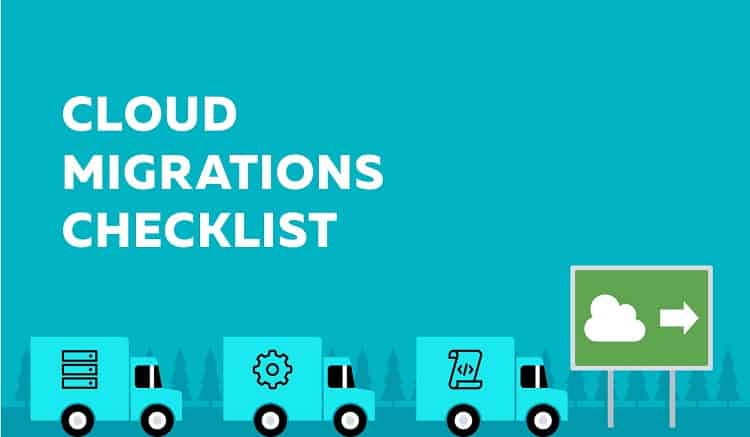Most of the companies are migrating from physical servers to cloud servers as the cloud storage offers more benefits. By 2020, it is estimated that the workloads on on-premise storage services will decrease by 80%. Performance is the main reasons for cloud migration along with unlimited storage and resources. However, some of the companies are struggling to make a move to cloud migration. There are a few vital steps you have to follow in order to opt for cloud migration.
Step 1 – Assessing The Need
Before making up your mind for cloud migration, you need to assess your existing infrastructure and see which workloads or applications are creating pressure on the on-premise servers and resources. Generally, there is no need for moving the entire infrastructure to cloud as moving a few heavy applications will improve performance.
Besides, it is going to be more economical, and the migration will be smooth without major disruptions for the workers who need to learn the technology and its usage all of a sudden. Moreover, there will be an equal share of responsibility for the enterprise due to on-premise servers and for the could service provider for the cloud server parts.
Step 2 – Choosing The Cloud Provider
There are so many popular cloud service providers available starting from Amazon AWS to Microsoft Azure. Every provider has a variety of plans and packages. You need to assess the strengths and weaknesses for each provider and their plans and match those with your requirements. Some offer more scalability while the others offer better application management options. Besides, the actual cost of the migration is to be estimated so that the move is not financially weak.
Step 3 – Selecting The Right Model
Before moving to cloud services, you need to have enough knowledge of all the aspects of cloud services. There are different models of cloud available namely, public, private and hybrid. All of these have their distinct weaknesses and strengths. It depends on your needs as to which one you should choose. The public clouds are highly scalable while the private ones are costly but offer better performance, security and monitoring options. The hybrid cloud is a combination of both these two and most of the organizations should opt for the hybrid.
Step 4 – Preparing For Migration
After you have shortlisted the application, the service provider and the cloud model, you have to make updates in the applications because the cloud computing environment is different from the traditional on-premise server interactions. Therefore, get the applications ready for migration. Besides, get your staff ready to operate on the new platform. You will need developers, managers, and administrators like usual for smooth operation. Furthermore, there will be some downtime during migration, and you should get your audience ready for it and have an alternative strategy for the same to minimize or avoid the downtime.
Step 5 – During Migration
You need to have a proper strategy and process in place to move the data and the application smoothly. You have to ensure that there is no delay in the process and no data is leaked by mistake. This brings the point of security. There are a lot of circumstances when the data are stolen as the migration process is less secured. You need to have all the right tools, technologies and structure in place. Besides, you should not rule out the chance of moving the data once more in the future to another vendor. This is where the use of virtual machines can be handy to move easily between cloud vendors.
Step 6- Establishing Components
During the migration, you have to choose the level of cloud integration where you have to the option of shallow cloud integration and deep cloud integration. The deep cloud integration is costly but highly advantageous as it allows you to modify your apps to make the most of the cloud capabilities.
You also have to establish cloud key performance indicators which will show you the in-progress migration parameters. They will indicate any invisible problems that are occurring which could be fatal for your application at a later stage.
Step 7 – Assessment And Optimization
The last step of cloud migration is a thorough checking. Starting from reviewing your application resource allocation to all the major and minor parameters associated with your application and cloud storage. The security measures are major for any application after migration which should not be neglected by any means. Besides, you have to get a team ready to optimize the application and resources from time to time and monitor the performance all the time.
It is very clear that cloud migration is a systematic process and not at all difficult. If you analysis, plan and execute the plans, it is going to be smooth and non-disruptive in nature. Always seek cloud consultation for areas where you and your staff do not have enough expertise.
- Top 6 SEO Tools to Boost Your Business - January 18, 2024
- Top PHP interview questions and answers 2020 - July 7, 2020
- How to create a Whatsapp account using the Australian number? - June 28, 2020

